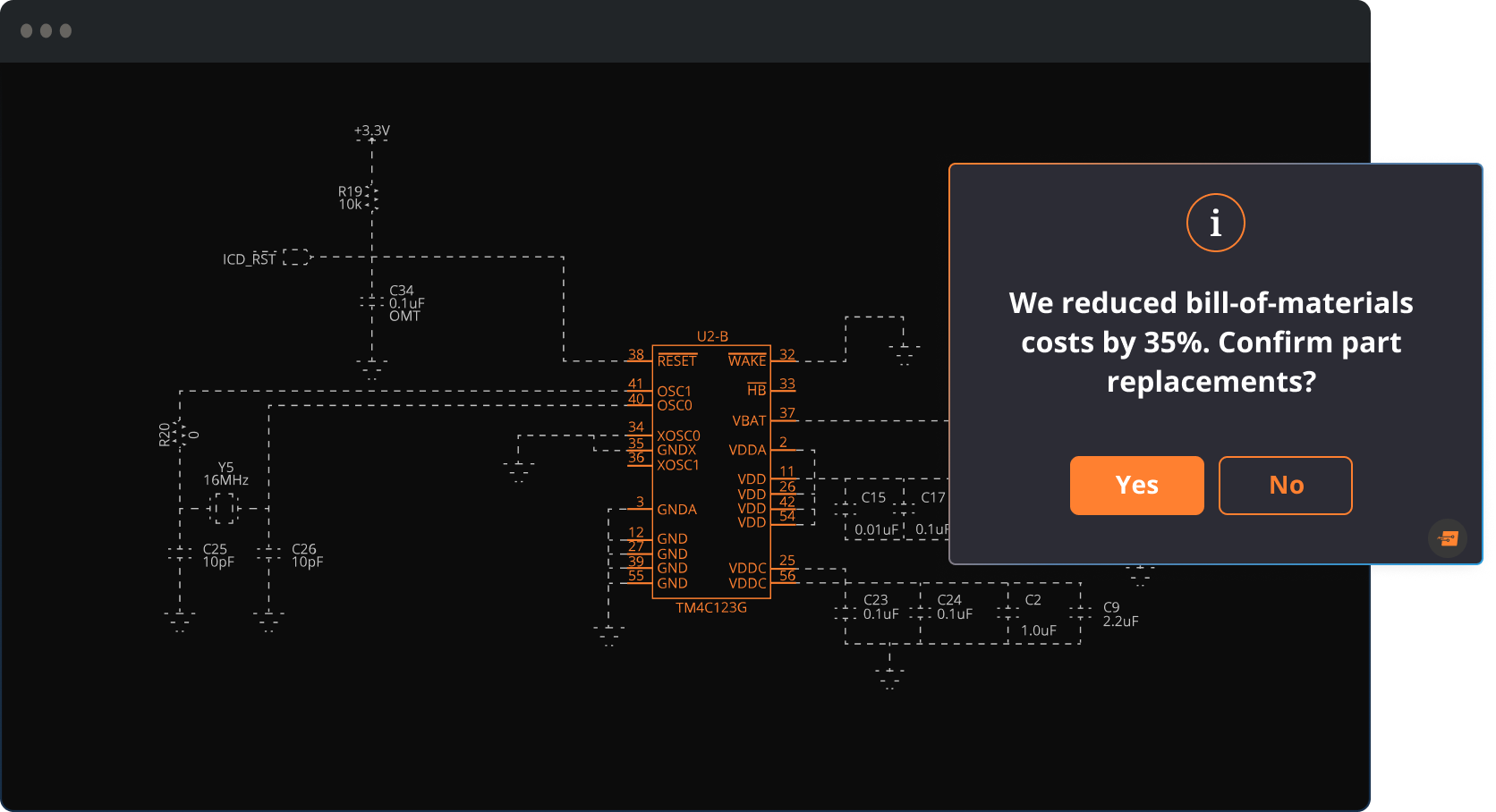SnapEDA becomes SnapMagic and debuts an AI copilot to help automate circuit board design

SnapEDA, a platform for electrical engineers to easily access electric component data, is rebranding as SnapMagic and introducing a new suite of features that could be a game changer for electronics design.
If you’re an electrical engineer, you’ve likely heard of (or use) SnapEDA. The platform has been around for a decade, with a user base of over 1.5 million engineers globally and partnerships with some of the largest component suppliers in the world, including Texas Instruments, Samtec and TE Connectivity.
The company was founded by electrical engineer Natasha Baker, who was constantly frustrated by the slow, inefficient processes to build even a simple circuit board. One of the most labor-intensive parts of the job involved creating digital models of each component on the board – a process that could take weeks to finish, depending on the complexity of the design. She launched SnapEDA in 2013 as a third-party digital model database and joined Y Combinator as part of the summer 2015 cohort.
But the company doesn’t want to stop there – hence the rebrand and new features.
“Right now we’re helping [engineers] at this very particular place in their design, which is, ‘I need this model. I don’t have it. I’m going to come to SnapEDA to get it,’” Baker said. “Last year we were reflecting [that] our vision is we want to automate circuit board design. We want to be with the engineer from the beginning of their journey straight through to a manufactured product.”
“We’ve seen that AI is advancing incredibly quickly,” she continued. “We’ve seen copilot technologies providing enormous leverage to software engineers. With our proprietary database, what we realized is that we are in a perfect position to bring this technology to hardware engineers.”
The result is SnapMagic Copilot, a new tool to automate the most common chores as part of circuit board design. That includes auto-completing common circuits, using natural language to actually instruct the PCB design tool, recommending components based on cost, power consumption requirements or supplier inventory, and automating full reference designs.
Of course, natural language processing tools like Chat-GPT have one well-known flaw, which is their tendency to “hallucinate” (which is to say, make stuff up but present it as fact). Baker said the company is avoiding this pitfall by “creating a natural language interface that still relies on fundamental circuit theory principles.”
Many of the new capabilities leverage SnapMagic’s unique business model: the company isn’t looking to compete with any design tool, and the product is free for engineers. Instead, SnapMagic wants to continue to be a “point of influence” in the $1.3 trillion electronics component space, connecting engineers with certain types of components. Based off its own statistics, Baker said over 55% of engineers end up purchasing the product it recommends.

Image Credits: SnapMagic (opens in a new window)
“Automation isn’t the hard part,” she added. “Making it trustworthy is the hard part, and that’s the special part, and that’s our number one priority.”
SnapMagic Copilot is currently in private beta, but the company is planning on rolling it out on PCB design tools Autodesk Fusion and Altium within the next three to six months.
The company has also raised an undisclosed amount of funding in a round led by Vivek Ranadivé’s fund Bow Capital, with participation from Google’s chief scientist Jeff Dean, Github founder Tom Preston-Werner, Friends & Family Capital, Jude Gomila, David Hodge, Andreas Schobel, and Alok Tayi. SnapMagic’s team stands at 25 people, and the company is planning on scaling by at least ten more over the next twelve months.


